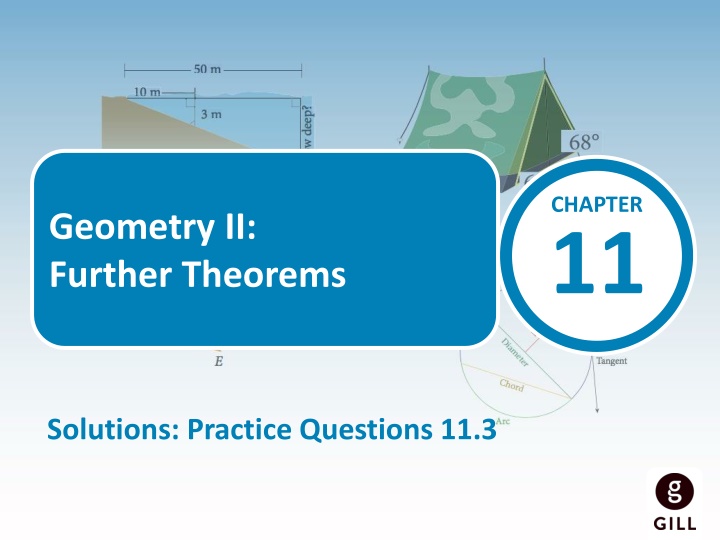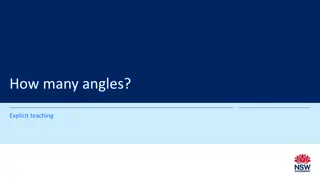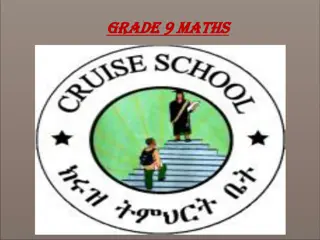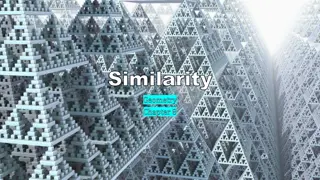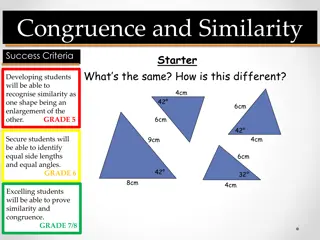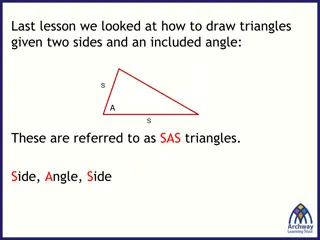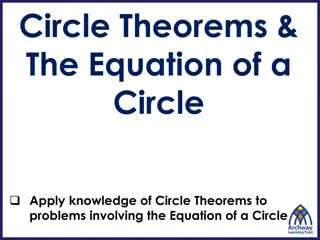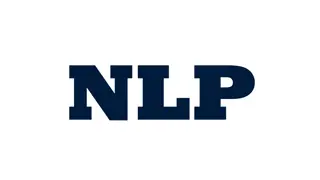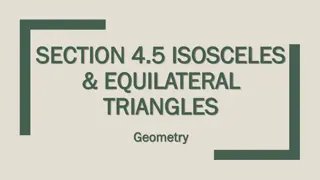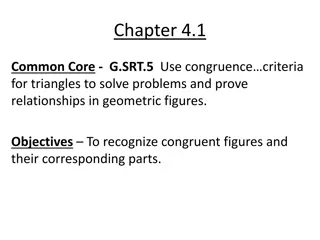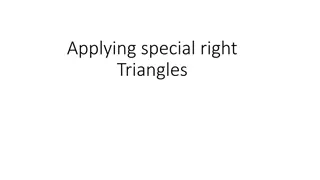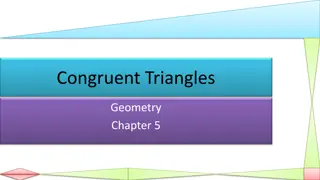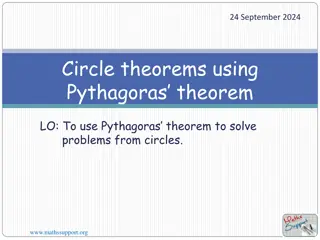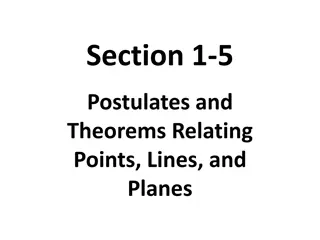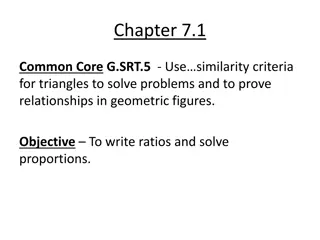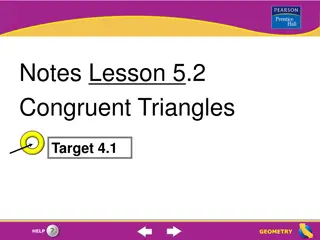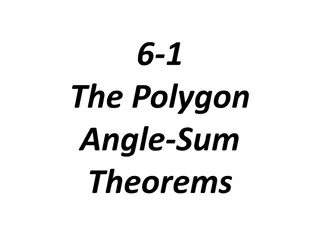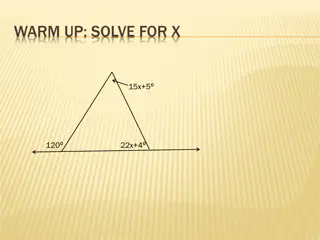Geometry Practice Questions: Triangles Similarity Theorems
Explore practice questions demonstrating the similarity of triangles based on angle relationships. Understand how to prove similarity using given angle measurements in various triangle configurations. Delve into the concept of similar triangles through visual examples and step-by-step solutions.
Download Presentation

Please find below an Image/Link to download the presentation.
The content on the website is provided AS IS for your information and personal use only. It may not be sold, licensed, or shared on other websites without obtaining consent from the author.If you encounter any issues during the download, it is possible that the publisher has removed the file from their server.
You are allowed to download the files provided on this website for personal or commercial use, subject to the condition that they are used lawfully. All files are the property of their respective owners.
The content on the website is provided AS IS for your information and personal use only. It may not be sold, licensed, or shared on other websites without obtaining consent from the author.
E N D
Presentation Transcript
CHAPTER 11 Geometry II: Further Theorems Solutions: Practice Questions 11.3
11 Practice Questions 11.3 1. Show that the two triangles are similar in each of the following: (i) | ACE| = | BCD| Same angle | CAE| = | CBD| Given Two angles are equal; the triangles are similar.
11 Practice Questions 11.3 1. Show that the two triangles are similar in each of the following: (ii) | HGF| = | HKJ| Given | GHF| = | JHK| Vertically opposite Two angles are equal; the triangles are similar.
11 Practice Questions 11.3 1. Show that the two triangles are similar in each of the following: (iii) | DFH| = | EFG| Same angle | DHF| = | EGF| Corresponding angle | HDF| = | GEF| Corresponding angle DFH is equiangular to EFG and therefore the triangles are similar.
11 Practice Questions 11.3 1. Show that the two triangles are similar in each of the following: (iv) | ACE| = | BCD| Same angle | CAE| = | CBD| Given Two angles are equal; the triangles are similar.
11 Practice Questions 11.3 1. Show that the two triangles are similar in each of the following: (v) | VYU| = | VXW| Given | UVY| = | XVW| Vertically opposite Two angles are equal; the triangles are similar.
11 Practice Questions 11.3 1. Show that the two triangles are similar in each of the following: (vi) | JLK| = | MLN| Vertically opposite | LKJ| = | LMN| Alternate angles Two angles are equal; the triangles are similar.
11 Practice Questions 11.3 2. A company makes tents of different sizes and colours. Use the information shown in the diagrams to decide whether the triangular faces of these tents are similar. Justify your answer. 68 + 44 + x = 180 3 angles in a triangle 112 + x = 180 112 + x 112 = 180 112 Subtract 112 from both sides x = 68 red tent
11 Practice Questions 11.3 2. A company makes tents of different sizes and colours. Use the information shown in the diagrams to decide whether the triangular faces of these tents are similar. Justify your answer. Similarly, for the green tent 68 + 68 + x = 180 3 angles in a triangle 136 + x = 180 136 + x 136 = 180 136 Subtract 136 from both sides x = 44
11 Practice Questions 11.3 2. A company makes tents of different sizes and colours. Use the information shown in the diagrams to decide whether the triangular faces of these tents are similar. Justify your answer. The triangles are equiangular and are therefore similar triangles.
11 Practice Questions 11.3 3. In the shape ABCD, AB || DC, AD || BC and |EC|is 5 units. |AE| = 4 units and |EB| = 2 units, as shown. Identify a pair of similar triangles in the diagram. (i) EFB and DFC are similar.
11 Practice Questions 11.3 3. In the shape ABCD, AB || DC, AD || BC and |EC|is 5 units. |AE| = 4 units and |EB| = 2 units, as shown. X X Explain why the triangles you named are similar. (ii) | EFB| = | DFC| Vertically opposite | FBE| = | FDC| Alternate angles | FEB| = | FCD| Alternate angles
11 Practice Questions 11.3 3. In the shape ABCD, AB || DC, AD || BC and |EC|is 5 units. |AE| = 4 units and |EB| = 2 units, as shown. Find the length of |FC|. (iii) |EB| corresponds to |DC| |BF| corresponds to |FD| |EF| corresponds to |FC| |EB| = 2 Given |DC| = |AB| = 6 Parallelogram
11 Practice Questions 11.3 3. In the shape ABCD, AB || DC, AD || BC and |EC|is 5 units. |AE| = 4 units and |EB| = 2 units, as shown. Find the length of |FC|. (iii) If EFB and DFC are similar, then |FC | |EF |=| DC | |EB| |FC | |EF |=6 2 |FC | |EF |=3
11 Practice Questions 11.3 3. In the shape ABCD, AB || DC, AD || BC and |EC|is 5 units. |AE| = 4 units and |EB| = 2 units, as shown. Find the length of |FC|. (iii) If EFB and DFC are similar, then |EF |+|FC| =5 Given |EF |+|FC|-|FC|=5 -|FC| Subtract|FC|from both sides |EF |=5 -|FC |
11 Practice Questions 11.3 3. In the shape ABCD, AB || DC, AD || BC and |EC|is 5 units. |AE| = 4 units and |EB| = 2 units, as shown. Find the length of |FC|. (iii) If EFB and DFC are similar, then |FC | 5 -| FC |=3 | | FC ( ) ( ) 5 | = | 3 5 | | Multiply both sides by 5 | | FC FC FC 5 | | FC |FC |=15-3|FC | |FC|+3|FC|=15-3|FC|+3|FC| Add 3|FC |to bothsides 4|FC |=15 4|FC | 4 |FC |=3 75 units =15 4 Divide both sides by 4
11 Practice Questions 11.3 4. By firstly showing the triangles are similar, find xin each of the following: (i) | DAE| = | BAC| same angle | ADE| = | ABC| corresponding | AED| = | ACB| corresponding The triangles are similar.
11 Practice Questions 11.3 4. By firstly showing the triangles are similar, find xin each of the following: (i) |BC | | DE |=| AC | x 6=2 6x 6 x =12 | AE | 5 =62 Multiply both sides by 6 5 5 x=2 4 cm
11 Practice Questions 11.3 4. By firstly showing the triangles are similar, find xin each of the following: (ii) | PQR| = | RST| given | PRQ| = | TRS| vertically opposite. The triangles are similar.
11 Practice Questions 11.3 4. By firstly showing the triangles are similar, find xin each of the following: (ii) |RS | |RQ|=|ST | x 7=2 7x 7 x =14 |QP | 5 =72 Multiply both sides by 7 5 5 x=2 8 cm
11 Practice Questions 11.3 4. By firstly showing the triangles are similar, find xin each of the following: (iii) | UVZ| = | XYZ| given | UZV| = | XZY| same angle The triangles are similar.
11 Practice Questions 11.3 4. By firstly showing the triangles are similar, find xin each of the following: (iii) | XY | |UV |=|ZY | x 6=6 6x 6 x =36 |ZV | 11 =6 Multiply both sides by 6 6 11 11 x=3 27 cm
11 Practice Questions 11.3 4. By firstly showing the triangles are similar, find xin each of the following: (iv) | SRQ| = | PTQ| given | SQR| = | PQT| vertically opposite The triangles are similar.
11 Practice Questions 11.3 4. By firstly showing the triangles are similar, find xin each of the following: (iv) |PQ| |QS |=| PT | x 8=9 8x 8 x =72 |RS | 10 =8 Multiply both sides by 8 9 10 10 x=7 2 cm
11 Practice Questions 11.3 4. By firstly showing the triangles are similar, find xin each of the following: (v) | UXV| = | YXZ| same angle | XUV| = | XYZ| corresponding | XVU| = | XZY| corresponding The triangles are similar.
11 Practice Questions 11.3 4. By firstly showing the triangles are similar, find xin each of the following: (v) |UV | |YZ |=| XU | x 5=7 | XY | 5 =57 5x 5 5 x=7 cm
11 Practice Questions 11.3 4. By firstly showing the triangles are similar, find xin each of the following: (vi) 8+x 7 =16 8 =816 Multiply both sides by 8 88+x 64+8x 7 764+8x 64+8x=112 Subtract 64 from both sides 7 8 The triangles are similar since the have a common angle and both have an angle of 80o. =16 Multiply both sides by 7 =7 16 ( ) 7 64 64 8 + = 112 64 x 8? = 48 x=6 cm
11 Practice Questions 11.3 5. On the shoe rack shown, |BA|= 33 cm, |CB|= 27 cm, |CD|= 44 cm, and |DE|= 25 cm. Investigate whether the shelf [BD] is parallel to the floor [AE]. Use the converse of the theorem. Converse of Theorem: If a line divides two sides of a triangle proportionally, then it is parallel to the third side. If |CB| |CA|=|CD| |CE |,then |BD| and |AE| are parallel. 27 60=44 69 0 45 0 64 The shelf is not parallel to the floor.
11 Practice Questions 11.3 6. Sam wants to measure the height of a vertical climbing wall in his local park. He decides to measure the length of his shadow and the shadow cast by the wall at the same time of day. The shadow cast by the wall is 8 4 m. His shadow is 3 1 m. If his height is 1 7 m, what is the height of the wall? Height of wall Height of Sam Shadow cast by wall Shadow cast by Sam 1 7=8 4 3 1 w 1 7 3 1 w=14 28 3 1 w=4 61 m Since the sun s rays are parallel, these triangles are similar. = w =1 78 4 Multiply both sides by 1 7 1 7
11 Practice Questions 11.3 7. The height of the net in tennis is 0 9 m and the service line is 6 m from the net. From what height will a player serve the ball so that it will just pass over the net and land 2 m from the net? 0 9=8 =0 98 h 2 Multiply both sides by 0 9 h 0 9 0 9 2 h=0 9(4) h=3 6 m
11 Practice Questions 11.3 8. Chloe is 1 5 m tall. Her shadow is 3 5 m long. She notices that the end of her shadow, the top of her head, and the top of a building are in a straight line. The building is 28 m tall. Draw a sketch to represent this situation. (i) ?
11 Practice Questions 11.3 8. Chloe is 1 5 m tall. Her shadow is 3 5 m long. She notices that the end of her shadow, the top of her head, and the top of a building are in a straight line. The building is 28 m tall. Use your sketch to work out how far she is from the building. (ii) x+3 5 3 5 =28 1 5 ? =3 528 Multiply both sides by 3 5 3 5x+3 5 3 5 x+3 5=98 1 5 1 5
11 Practice Questions 11.3 9. A father and son are standing side by side. How tall is the son if the father is 1 8 m tall and casts a shadow 3 2 m long, while his son s shadow is 2 4 m long? 1 8=2 4 x 3 2 =1 82 4 x 1 8 Multiply both sides by 1 8 1 8 3 2 4 32 3 2 x = x = 1 35 m
11 Practice Questions 11.3 10. Two extension ladders are leaning at the same angle against a vertical wall. The 3 m ladder reaches 2 4 m up the wall. How much farther up the wall does the 8 m ladder reach? x+2 4 2 4 =8 3 =2 48 2.4x+2 4 Multiply both sides by 2 4 2 4 3 19 2 3 x + 2 4 = x + 2 4 = 6 4 ? x+ 2 4 2 4 = 6 4 2 4 Subtract 2 4 from both sides x = 4 m
